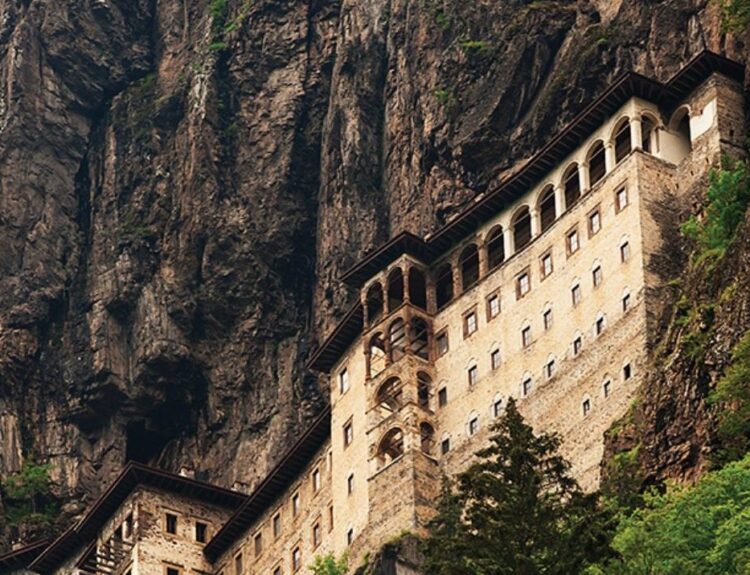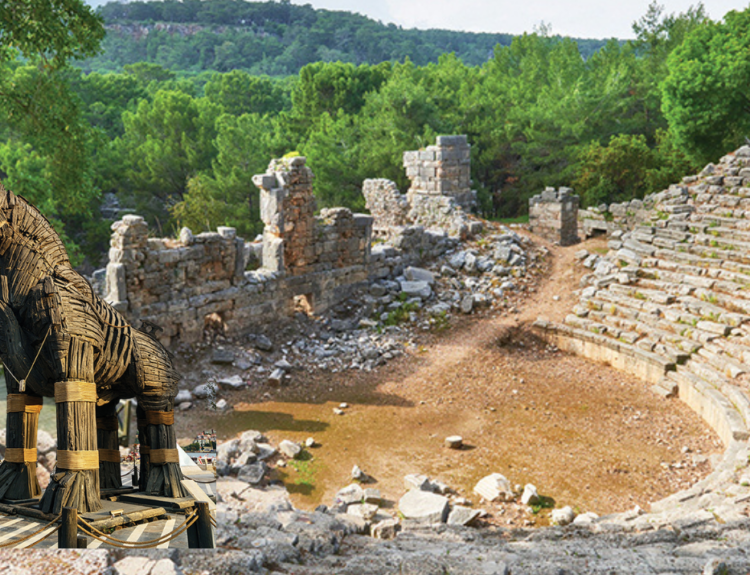The lands of Anatolia, which have witnessed the birth of many civilisations throughout history, are also home to Çatalhöyük, one of the earliest cities in human history. Located near the town of Çumra in the province of Konya, this Neolithic settlement dates back to between 7400 and 6200 BC and is considered one of the most groundbreaking discoveries in world archaeology.
Located in Türkiye’s Konya Plain, Çatalhöyük is one of the oldest and most impressive settlements in human history, dating back approximately 9,000 years to the Neolithic Age. This settlement offers unique insights into the period when humanity transitioned to agriculture and communal living began to take shape. Discovered in the 1950s and first excavated by British archaeologist James Mellaart, Çatalhöyük has become one of the most important centres in the world of archaeology over the decades. Included in the UNESCO World Heritage List in 2012, this ancient city represents one of the earliest known examples of urbanisation in history.
Çatalhöyük is one of the most important cultural heritage sites not only in Türkiye but in the entire history of humanity. This settlement, where the first traces of agriculture, architecture, art and social order can be seen, is of great value in terms of understanding our past. Located about an hour’s drive from Konya, the archaeological site offers visitors the opportunity to learn about this unique heritage through guided tours and exhibitions.
An indispensable laboratory for understanding human history
Çatalhöyük is also an extremely important site in terms of the evolution of archaeological methods. International excavations led by Ian Hodder of Stanford University between 1993 and 2017 ushered in a new era of knowledge production through interdisciplinary approaches. By bringing together fields such as archaeobotany, geoarchaeology, DNA analysis and anthropology, the excavations went beyond mere digging to conduct an in-depth analysis of lifestyles. Today, Çatalhöyük serves as an indispensable laboratory for both local and international scientists in understanding human history.
1,400 years of continuous settlement
One of the most striking features of Çatalhöyük is that it was continuously inhabited for approximately 1,400 years. The mound, which has 18 structural layers, contains different traces of life and social evolution processes in each layer. These layers reveal critical transitions such as the development of agriculture, the domestication of livestock, the deepening of settled life, and the shaping of social order. It is estimated that a total of 8,000 to 10,000 people lived in the settlement, which was a fairly large population for the period.
A city without streets
One of the most unique features of Çatalhöyük is its urban planning. Unlike traditional cities, this settlement does not have streets. Instead, the houses are built adjacent to each other, with entrances provided from the roofs, contrary to conventional design. This architectural style created a kind of pedestrian path between the roofs and also provided a defensive advantage for the people of that period. The mud-brick houses contain fireplaces, niches, storage areas and ovens. Graves are typically located inside the houses, particularly beneath sleeping areas. One of the most striking features is the frescoes and reliefs on the walls. Scenes of hunting, animal figures and abstract symbols indicate that ritual life played an important role in the settlement.
Traces of a classless society
Archaeological studies conducted at Çatalhöyük reveal that the community living here led a life based on collective values, without any distinct social class distinctions. Each house was built to almost the same size and in a similar layout. This indicates the existence of an egalitarian social structure rather than a hierarchical system of governance.
Gender equality
Skeletal analyses conducted at Çatalhöyük show that women and men had similar living conditions. Many factors, from dietary habits to grave goods, suggest that there was no significant distinction between the genders. This situation also raises important questions about gender roles in Neolithic society.




